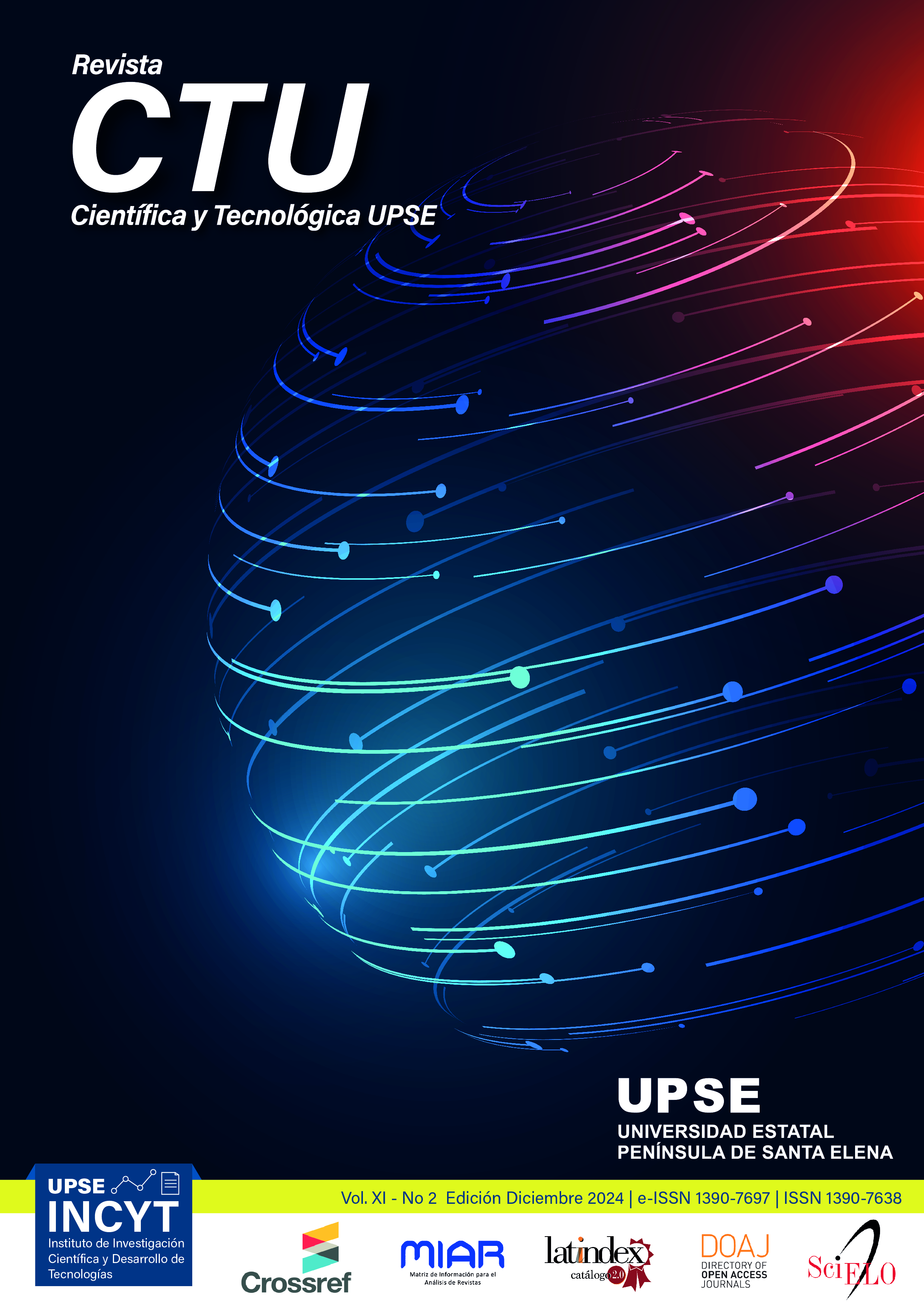Static Security Testing Models in Inefficiency Reduction Identification of SQL Injection in Web Applications
DOI:
https://doi.org/10.26423/rctu.v11i2.800Keywords:
Static application security testing, Secure software development, DevSecOps, SQL InyectionAbstract
Early detection of vulnerabilities is crucial in software development to ensure the security of web applications, especially against SQL injection attacks. Static Application Security Testing (SAST) allows for the identification of vulnerabilities from the early stages of the development lifecycle. This article systematically reviews the literature to identify and analyze the most effective SAST models in reducing inefficiencies in detecting SQL injections. Following PRISMA 2020 guidelines and Kitchenham’s approach, exhaustive searches were conducted in databases like EBSCO and Scopus. The results show that early integration of SAST and the use of artificial intelligence significantly improve vulnerability detection, reducing false positives and negatives. The implementation of advanced SAST models is essential for enhancing the security of web applications, with future research suggested to explore more integrated methodologies and new tools.
Downloads
Downloads
Published
Issue
Section
License
El titular de los derechos de autor de la obra, otorga derechos de uso a los lectores mediante la licencia Creative Commons Atribución-NoComercial-CompartirIgual 4.0 Internacional. Esto permite el acceso gratuito inmediato a la obra y permite a cualquier usuario leer, descargar, copiar, distribuir, imprimir, buscar o vincular a los textos completos de los artículos, rastrearlos para su indexación, pasarlos como datos al software o usarlos para cualquier otro propósito legal.
Cuando la obra es aprobada y aceptada para su publicación, los autores conservan los derechos de autor sin restricciones, cediendo únicamente los derechos de reproducción, distribución para su explotación en formato de papel, así como en cualquier otro soporte magnético, óptico y digital.












